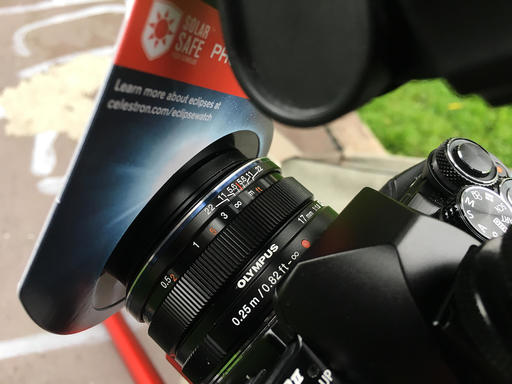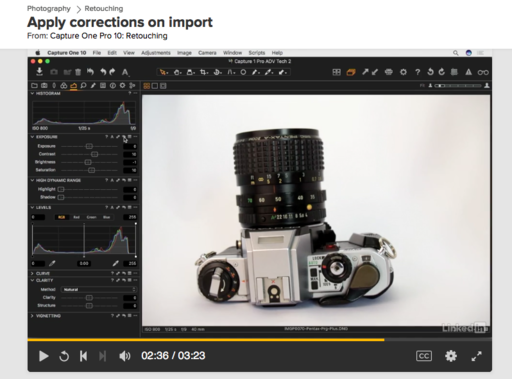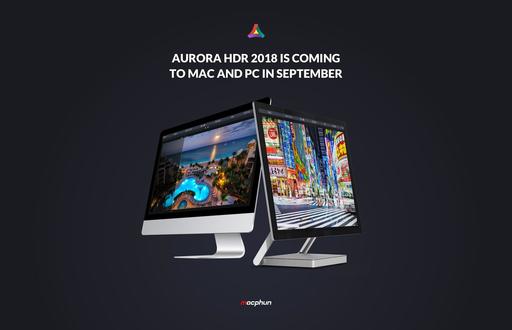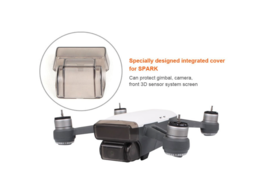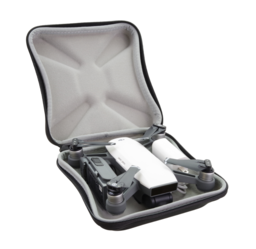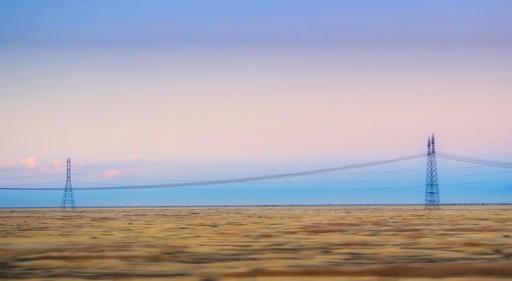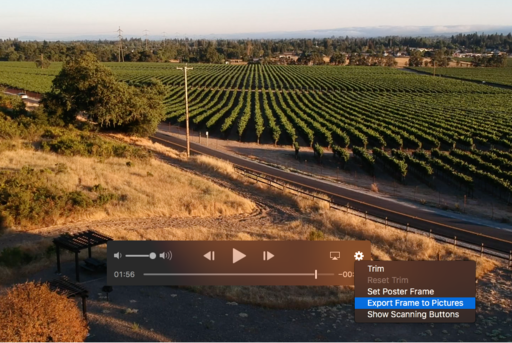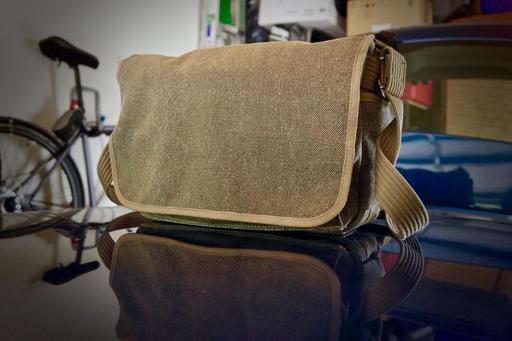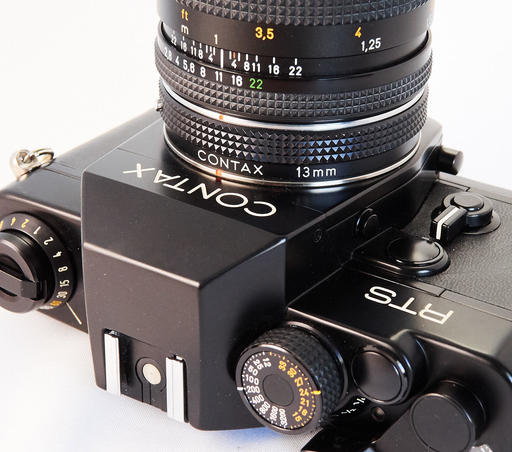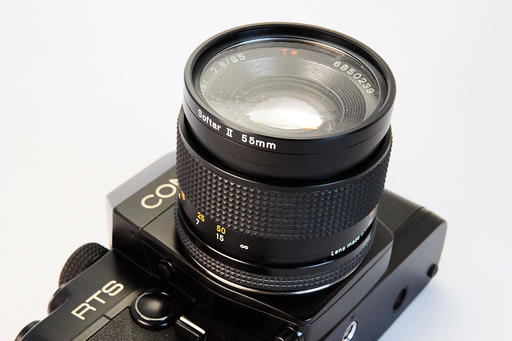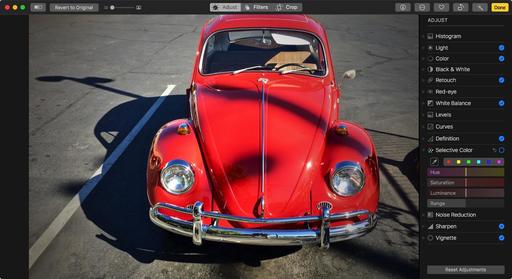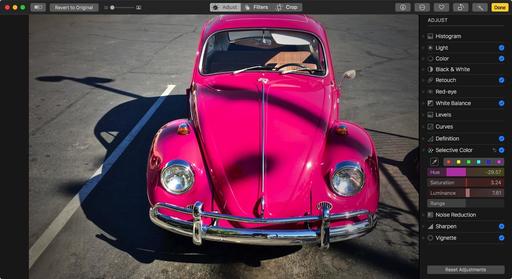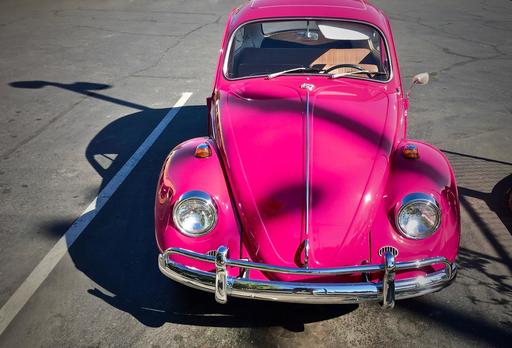This is The Digital Story Podcast #598, August 22, 2017. Today's theme is "Tales from the Solar Eclipse" I'm Derrick Story.
Opening Monologue
Like so many photographers in the U.S., I had been preparing for weeks to ensure my readiness for the August 21 Solar Eclipse of 2017. And judging by the images I saw on Instagram and throughout social media, many were happy with their results. So I thought that I'd dedicate this show to my preparations, and the event itself. After all, we get to do it all again in 7 years!
Tales from the Solar Eclipse
Here's how I prepared for the big event, the equipment I used, and how it all turned out.
Using Cascable 3 "kas-ka-ball" to Photograph the Solar Eclipse
I connected my Olympus OM-D E-M10 Mark II to my iPhone and used Cascable to control the camera during the eclipse. This was the safest way to view the event.
- Turn on your camera and enable WiFi Then launch the Cascable app on your iPhone. It will automatically find your camera's WiFi connection.
- In Cascable, turn on the Histogram, Zebra Stripes (Pro), and Grid. Tap on the green Histogram icon on the bottom toolbar. (When you're in live view mode the histogram appears on the screen above the image.
- Go to Camera Settings (green camera back icon) and set the Exposure Mode to P, White Balance to Auto, and Drive Mode to Single.
- View the scene on the iPhone. Check the image, look for zebra stripes, and most importantly, study the live histogram.
- Tap on the Exposure Compensation icon and adjust the exposure using the histogram and the live view of the scene. The live histogram makes this process very easy.
- When everything looks good, take the picture.
If you haven't used Zebra Stripes before, keep in mind that many scenes have some spectral highlights. So you're not necessarily trying to eliminate the stripes all together.
The Olympus O.I. app doesn't have the live histogram (free) nor the zebra stripes (Pro) capability.
Cascable is available to get started with for free from the iOS App Store. Cascable's Pro features come with a free trial when subscribing from $2 per month, or can also be unlocked with a one-time $29.99 purchase.
We have a tile on all the pages of The Digital Story that takes you directly to the TDS landing page on the Cascable site.
A Look at Our First The Nimble Classroom
It was all systems go last Saturday for our first The Nimble Classroom focusing on Capture One Pro Catalog Management. Here's how it went.
Here are the upcoming sessions.
- September 9, Expert Editing, Capture One Pro
- September 23, Luminar Pro Techniques
- October 7, Photos 3 for macOS SOLD OUT
- November 4, Photos 3 for macOS
You can learn more about them and sign up for your favorites by visiting The Nimble Classroom online.
Updates and Such
Big thanks to all of our Patreon members!
We still have one spot open for the Autumn in Wine Country Photography Workshop this coming Oct. 26, 27, and 28.
B&H and Amazon tiles on www.thedigitalstory. If you click on them first, you're helping to support this podcast. And speaking of supporting this show, and big thanks to our Patreon Inner Circle members.
And finally, be sure to visit our friends at Red River Paper for all of your inkjet supply needs.
Texas-based Red River Paper recently announced a new fine art paper, Palo Duro Etching. The new paper is a 100 percent cotton rag paper and is free of optical brightener additives. The paper is designed to offer warm white tones, deep blacks and a subtle texture to accurately recreate traditional darkroom fine art prints.
See you next week!
More Ways to Participate
Want to share photos and talk with other members in our virtual camera club? Check out our Flickr Public Group. And from those images, I choose the TDS Member Photo of the Day.
Podcast Sponsors
Cascable - Cascable is the best tool available for working with your camera in the field.
Red River Paper - Keep up with the world of inkjet printing, and win free paper, by liking Red River Paper on Facebook.
The Nimbleosity Report
Do you want to keep up with the best content from The Digital Story and The Nimble Photographer? Sign up for The Nimbleosity Report, and receive highlights twice-a-month in a single page newsletter. Be a part of our community!
Want to Comment on this Post?
You can share your thoughts at the TDS Facebook page, where I'll post this story for discussion.
